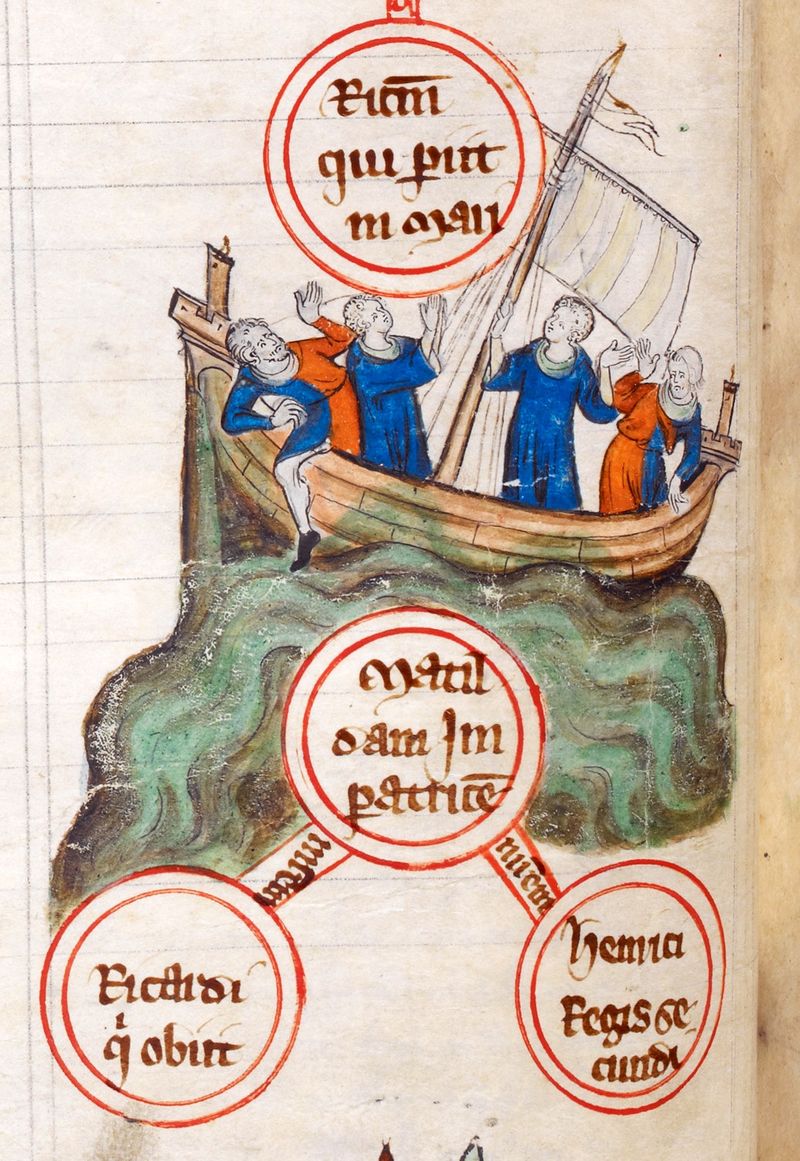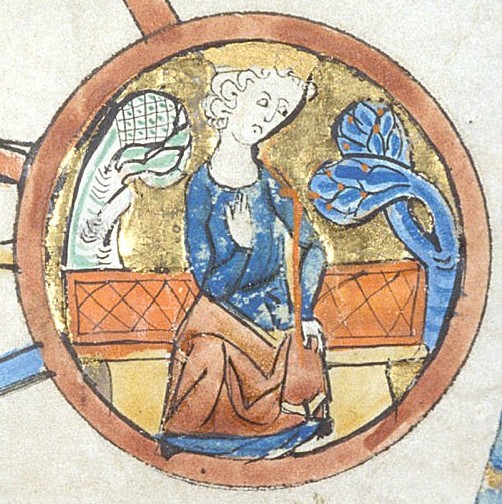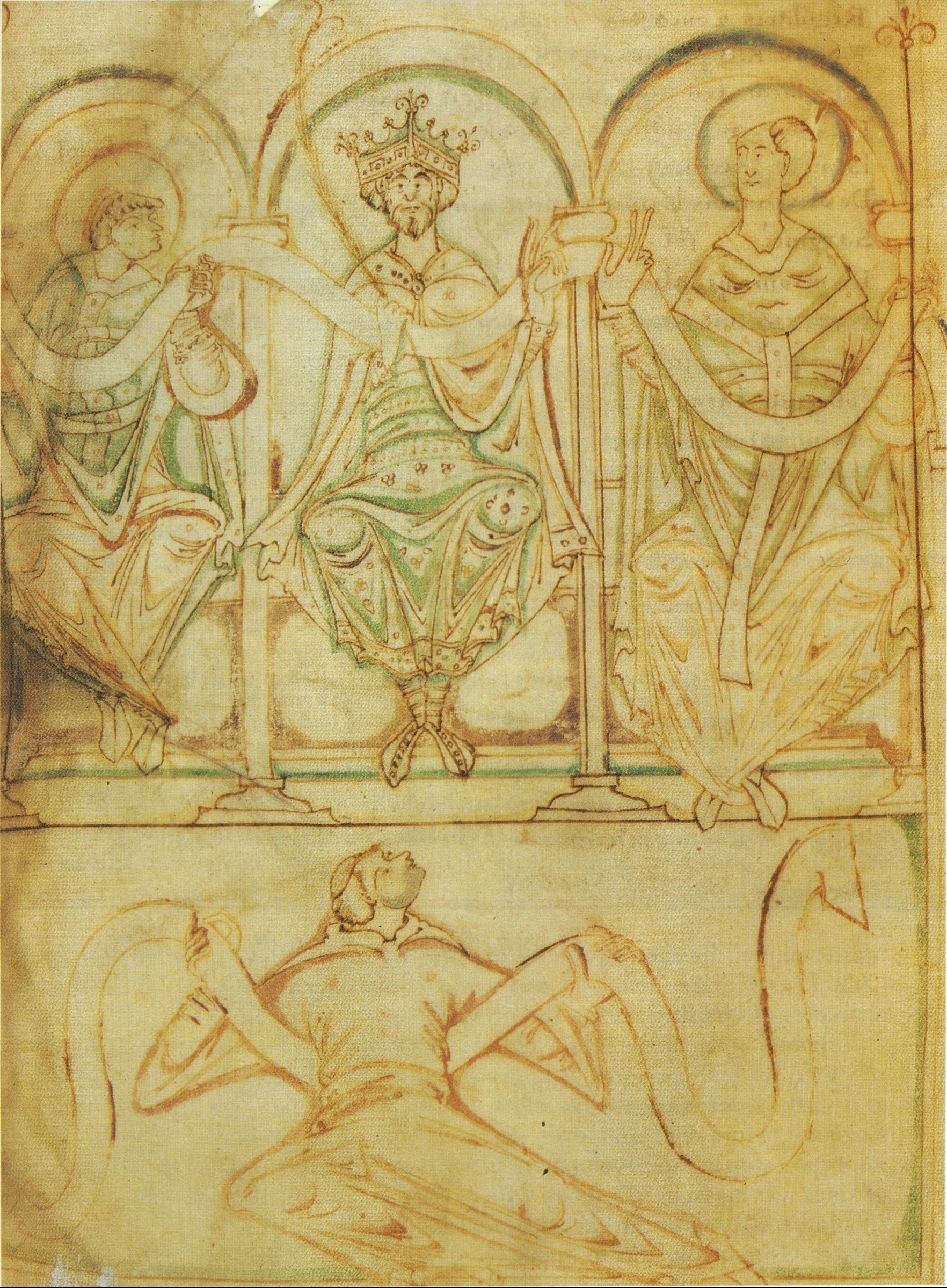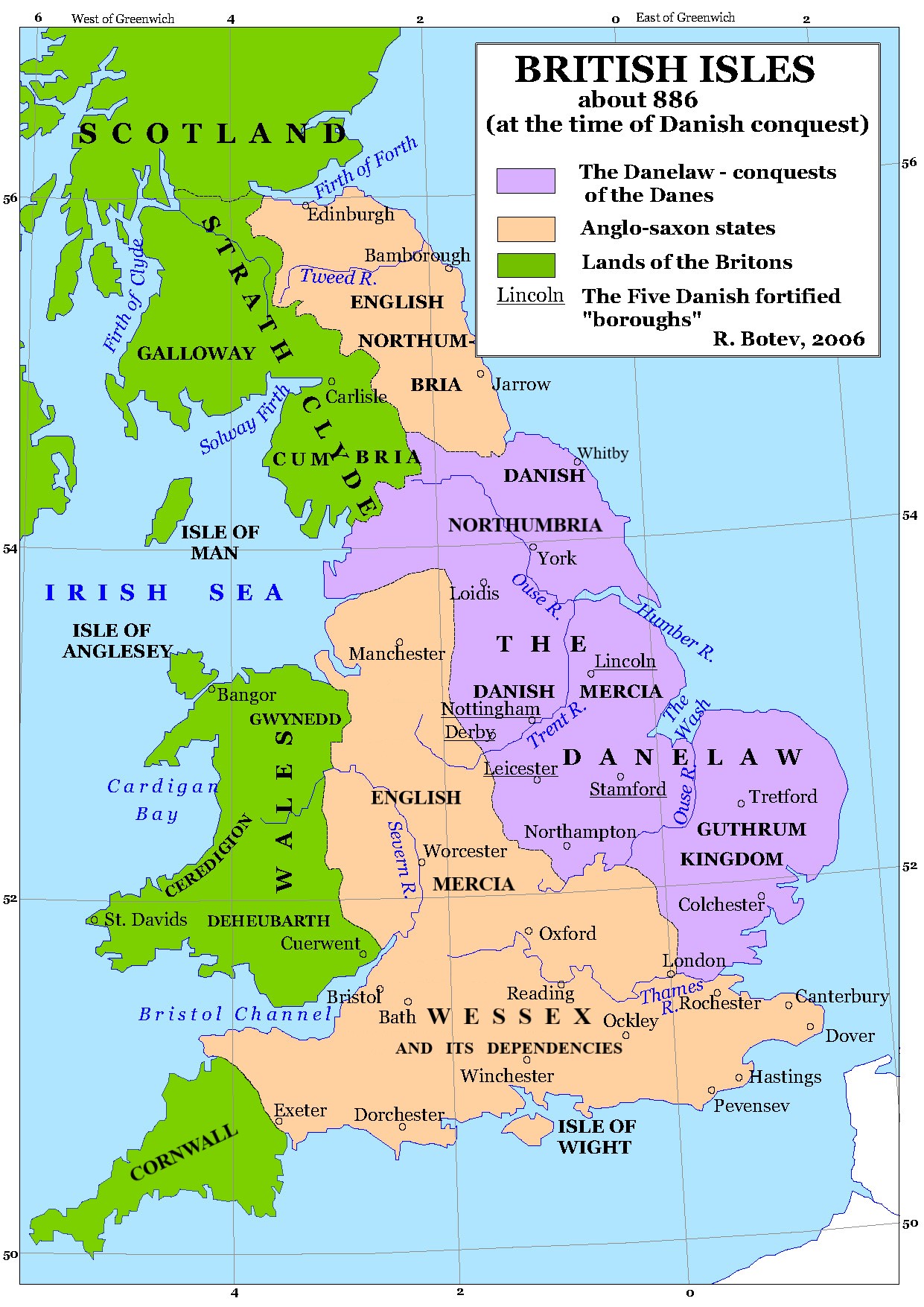|
Ætheling
Ætheling (; also spelt aetheling, atheling or etheling) was an Old English term (''æþeling'') used in Anglo-Saxon England to designate princes of the royal dynasty who were eligible for the kingship. The term is an Old English and Old Saxon compound of ''aethele'', ''æþele'' or ''(a)ethel'', meaning "noble family", and ''-ing'', which means "belonging to". It was usually rendered in Latin as ''filius regis'' (king's son) or the Anglo-Latin neologism ''clito''. Ætheling can be found in the Suffolk toponym of Athelington. Meaning and use in Anglo-Saxon England During the earliest years of the Anglo-Saxon rule in England, the word ''ætheling'' was probably used to denote any person of noble birth. Its use was soon restricted to members of a royal family. The prefix ''æþel-'' formed part of the name of several Anglo-Saxon kings, for instance Æthelberht of Kent, Æthelwulf of Wessex and Æthelred of Wessex, and was used to indicate their noble birth. According to a d ... [...More Info...] [...Related Items...] OR: [Wikipedia] [Google] [Baidu] |
Norman Conquest Of England
The Norman Conquest (or the Conquest) was the 11th-century invasion and occupation of England by an army made up of thousands of Normans, Norman, French people, French, Flemish people, Flemish, and Bretons, Breton troops, all led by the Duke of Normandy, later styled William the Conqueror. William's claim to the English throne derived from his familial relationship with the childless Anglo-Saxon king Edward the Confessor, who may have encouraged William's hopes for the throne. Edward died in January 1066 and was succeeded by his brother-in-law Harold Godwinson. The Norwegian king Harald Hardrada invaded northern England in September 1066 and was victorious at the Battle of Fulford on 20 September, but Godwinson's army defeated and killed Hardrada at the Battle of Stamford Bridge on 25 September. Three days later on 28 September, William's invasion force of thousands of men and hundreds of ships landed at Pevensey in Sussex in southern England. Harold marched south to oppose ... [...More Info...] [...Related Items...] OR: [Wikipedia] [Google] [Baidu] |
Edmund Ironside
Edmund Ironside (30 November 1016; , , ; sometimes also known as Edmund II) was King of the English from 23 April to 30 November 1016. He was the son of King Æthelred the Unready and his first wife, Ælfgifu of York. Edmund's reign was marred by a war he had inherited from his father; his epithet "Ironside" was given to him "because of his valour" in resisting the Danish invasion led by Cnut. In the summer of 1013 Sweyn Forkbeard launched a full-scale invasion of England, driving out Aethelred by the end of the year. Edmund and his elder brother Aethelstan did not follow their father in exile. Sweyn died unexpectedly in February of 1014, and Æthelred was able to quickly reclaim the throne, driving out Sweyn's son Cnut, whom the Danes elected king. Aethelstan had died by June of 1014, making Edmund heir apparent. After regaining the throne, the royal family set about strengthening its hold on the country with the assistance of Eadric Streona (Edmund's brother-in-law). Pe ... [...More Info...] [...Related Items...] OR: [Wikipedia] [Google] [Baidu] |
Edward The Confessor
Edward the Confessor ( 1003 – 5 January 1066) was King of England from 1042 until his death in 1066. He was the last reigning monarch of the House of Wessex. Edward was the son of Æthelred the Unready and Emma of Normandy. He succeeded Cnut the Great's son – and his own half-brother – Harthacnut. He restored the rule of the House of Wessex after the period of Danish rule since Cnut conquered England in 1016. When Edward died in 1066, he was succeeded by his wife's brother Harold Godwinson, who was defeated and killed in the same year at the Battle of Hastings by the Normans under William the Conqueror. Edward's young great-nephew Edgar Ætheling of the House of Wessex was proclaimed king after the Battle of Hastings, but was never crowned and was peacefully deposed after about eight weeks. Historians disagree about Edward's fairly long 24-year reign. His nickname reflects the traditional image of him as unworldly and pious. Confessor of the Faith, Confess ... [...More Info...] [...Related Items...] OR: [Wikipedia] [Google] [Baidu] |
William Adelin
William Ætheling (, ; 5 August 1103 – 25 November 1120), commonly called Adelin (sometimes ''Adelinus'', ''Adelingus'', ''A(u)delin'' or other Latinised Norman-French variants of '' Ætheling''), was the son of Henry I of England by his wife Matilda of Scotland, and was thus heir apparent to the English throne. His early death without issue caused a succession crisis, now known in English history as the Anarchy. Early life William was born in Winchester. His father, King Henry I of England, had married his mother, Matilda of Scotland, to conciliate his English subjects. Matilda was descended from Edmund Ironside and was a great-niece of Edward the Confessor; as such, the marriage represented a union between the new Norman rulers of England and the old Anglo-Saxon dynasty. Henry's hopes for his succession rested upon William, who was, according to Henry of Huntingdon, "a prince so pampered" that he seemed "destined to be food for the fire." Duke of Normandy During Henry ... [...More Info...] [...Related Items...] OR: [Wikipedia] [Google] [Baidu] |
House Of Wessex
The House of Wessex, also known as the House of Cerdic, the House of the West Saxons, the House of the Gewisse, the Cerdicings and the West Saxon dynasty, refers to the family, traditionally founded by Cerdic of the Gewisse, that ruled Wessex in Southern England from the early 6th century. The house became dominant in southern England after the accession of King Ecgberht in 802. Alfred the Great saved England from Viking conquest in the late ninth century and his grandson Æthelstan became first king of England in 927. The disastrous reign of Æthelred the Unready ended in Danish conquest in 1014. Æthelred and his son Edmund Ironside attempted to resist the Vikings in 1016, but after their deaths the Danish Cnut the Great and his sons ruled until 1042. The House of Wessex then briefly regained power under Æthelred's son Edward the Confessor, but lost it after the Confessor's reign, with the Norman Conquest in 1066. All monarchs of England (and subsequently Great Britain) sinc ... [...More Info...] [...Related Items...] OR: [Wikipedia] [Google] [Baidu] |
Henry I Of England
Henry I ( – 1 December 1135), also known as Henry Beauclerc, was King of England from 1100 to his death in 1135. He was the fourth son of William the Conqueror and was educated in Latin and the liberal arts. On William's death in 1087, Henry's elder brothers Robert Curthose and William Rufus inherited Duchy of Normandy, Normandy and England, respectively; Henry was left landless. He purchased the County of Cotentin in western Normandy from Robert, but his brothers deposed him in 1091. He gradually rebuilt his power base in the Cotentin and allied himself with William Rufus against Robert. Present in England with his brother William when William died in a hunting accident, Henry seized the English throne, promising at his coronation to correct many of William's less popular policies. He married Matilda of Scotland and they had two surviving children, Empress Matilda and William Adelin; he also had many illegitimate children by his numerous mistresses. Robert, who invaded from ... [...More Info...] [...Related Items...] OR: [Wikipedia] [Google] [Baidu] |
Athelington
Athelington is a small village and civil parish in the Mid Suffolk district of Suffolk, England, about south-east from Diss. The name is derived from the Old English word Ætheling. The population of the village was less than 50 at the 2011 Census and is included in the civil parish of Redlingfield, in 2005 the population was estimated as 30. The villages name means 'Farm/settlement of the prince(s)'. The village is first recorded as ''Elyngtone'' in 942 in the will of Theodred (bishop of London), Bishop Theodred granting lands to a community dedicated to Æthelberht II of East Anglia, St Æthelberht in Hoxne. It was not recorded in the Domesday Book of 1086. There are six listed buildings in the parish with the church of St Peter being II* listed and the remaining five being grade II listed including the 17th Century Athelington Hall. Church of St Peter The church of St Peter is medieval in origin and was majorly restored both internally and externally in 1873–1874. The ... [...More Info...] [...Related Items...] OR: [Wikipedia] [Google] [Baidu] |
Edgar The Ætheling
Edgar is a commonly used masculine English given name, from an Anglo-Saxon name ''Edgar'' (composed of '' ead'' "rich, prosperous" and '' gar'' "spear"). Like most Anglo-Saxon names, it fell out of use by the Late Middle Ages; it was, however, revived in the 18th century, and was popularised by its use for a character in Sir Walter Scott's '' The Bride of Lammermoor'' (1819). The name was more common in the United States than elsewhere in the Anglosphere during the 19th century. It has been a particularly fashionable name in Latin American countries since the 20th century. People with the given name * Edgar the Peaceful (942–975), king of England * Edgar the Ætheling (c. 1051 – c. 1126), last member of the Anglo-Saxon royal house of England * Edgar of Scotland (1074–1107), king of Scotland * Edgar Alaffita (born 1996), Mexican footballer * Edgar Allan (other), multiple people * Edgar Allen (other), multiple people * Edgar Angara (1934–2018), F ... [...More Info...] [...Related Items...] OR: [Wikipedia] [Google] [Baidu] |
Beowulf - Aethelinga
''Beowulf'' (; ) is an Old English poem, an epic in the tradition of Germanic heroic legend consisting of 3,182 alliterative lines. It is one of the most important and most often translated works of Old English literature. The date of composition is a matter of contention among scholars; the only certain dating is for the manuscript, which was produced between 975 and 1025 AD. Scholars call the anonymous author the "''Beowulf'' poet". The story is set in pagan Scandinavia in the 5th and 6th centuries. Beowulf, a hero of the Geats, comes to the aid of Hrothgar, the king of the Danes, whose mead hall Heorot has been under attack by the monster Grendel for twelve years. After Beowulf slays him, Grendel's mother takes revenge and is in turn defeated. Victorious, Beowulf goes home to Geatland and becomes king of the Geats. Fifty years later, Beowulf defeats a dragon, but is mortally wounded in the battle. After his death, his attendants cremate his body and erect a barrow ... [...More Info...] [...Related Items...] OR: [Wikipedia] [Google] [Baidu] |
Alfred The Great
Alfred the Great ( ; – 26 October 899) was King of the West Saxons from 871 to 886, and King of the Anglo-Saxons from 886 until his death in 899. He was the youngest son of King Æthelwulf and his first wife Osburh, who both died when Alfred was young. Three of Alfred's brothers, Æthelbald, King of Wessex, Æthelbald, Æthelberht, King of Wessex, Æthelberht and Æthelred I of Wessex, Æthelred, reigned in turn before him. Under Alfred's rule, considerable administrative and military reforms were introduced, prompting lasting change in England. After ascending the throne, Alfred spent several years fighting Viking invasions. He won a decisive victory in the Battle of Edington in 878 and made an agreement with the Vikings, dividing England between Anglo-Saxon territory and the Viking-ruled Danelaw, composed of Scandinavian York, the north-east Midlands and East Anglia. Alfred also oversaw the conversion of Viking leader Guthrum to Christianity. He defended his kingdom again ... [...More Info...] [...Related Items...] OR: [Wikipedia] [Google] [Baidu] |
Geats
The Geats ( ; ; ; ), sometimes called ''Geats#Goths, Goths'', were a large North Germanic peoples, North Germanic tribe who inhabited ("land of the Geats") in modern southern Sweden from antiquity until the Late Middle Ages. They are one of the progenitor groups of modern Swedes, along with the tribes of Swedes (tribe), Swedes and Gutes. The name of the Geats also lives on in the Provinces of Sweden, Swedish provinces of and , the western and eastern lands of the Geats, and in many other toponyms. The Swedish dialects spoken in the areas that used to be inhabited by Geats form a distinct group, ''Götamål''. Etymology The etymology of the name ''Geat'' (Old English ', from a Proto-Germanic *''Gautaz'', plural *''Gautōz'') is similar to that of ''Goths'' and ''Gutes'' (*''Gutô'', plural *''Gutaniz''). The names derive from Indo-European ablaut, ablaut grades of the Proto-Germanic word *''geutaną'', meaning "to pour". They have the literal meaning "they who pour their se ... [...More Info...] [...Related Items...] OR: [Wikipedia] [Google] [Baidu] |
Christ
Jesus ( AD 30 or 33), also referred to as Jesus Christ, Jesus of Nazareth, and many other names and titles, was a 1st-century Jewish preacher and religious leader. He is the Jesus in Christianity, central figure of Christianity, the Major religious groups, world's largest religion. Most Christians consider Jesus to be the Incarnation (Christianity), incarnation of God the Son and awaited Messiah#Christianity, messiah, or Christ (title), Christ, a descendant from the Davidic line that is prophesied in the Old Testament. Virtually all modern scholars of classical antiquity, antiquity agree that Historicity of Jesus, Jesus existed historically. Accounts of Life of Jesus, Jesus's life are contained in the Gospels, especially the four canonical Gospels in the New Testament. Since the Age of Enlightenment, Enlightenment, Quest for the historical Jesus, academic research has yielded various views on the historical reliability of the Gospels and how closely they reflect the hi ... [...More Info...] [...Related Items...] OR: [Wikipedia] [Google] [Baidu] |








